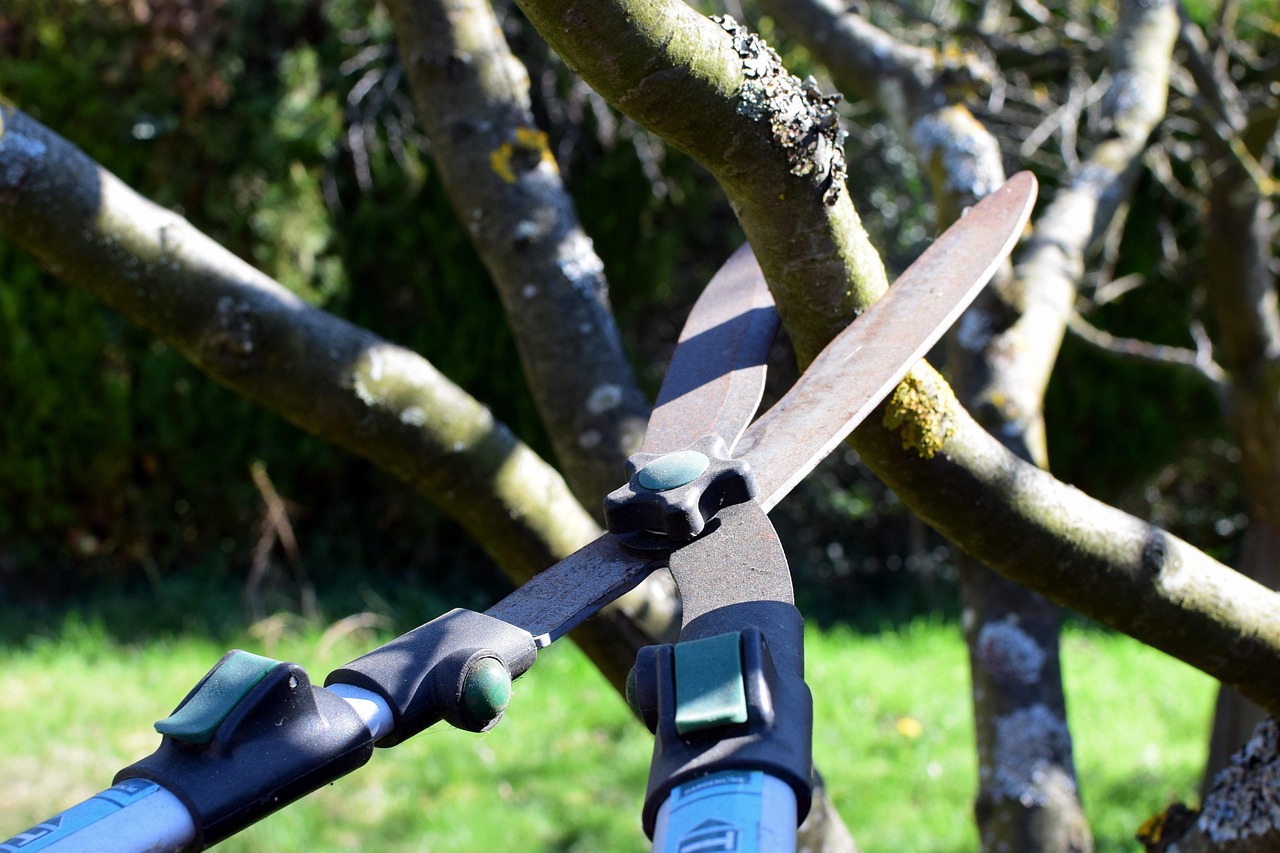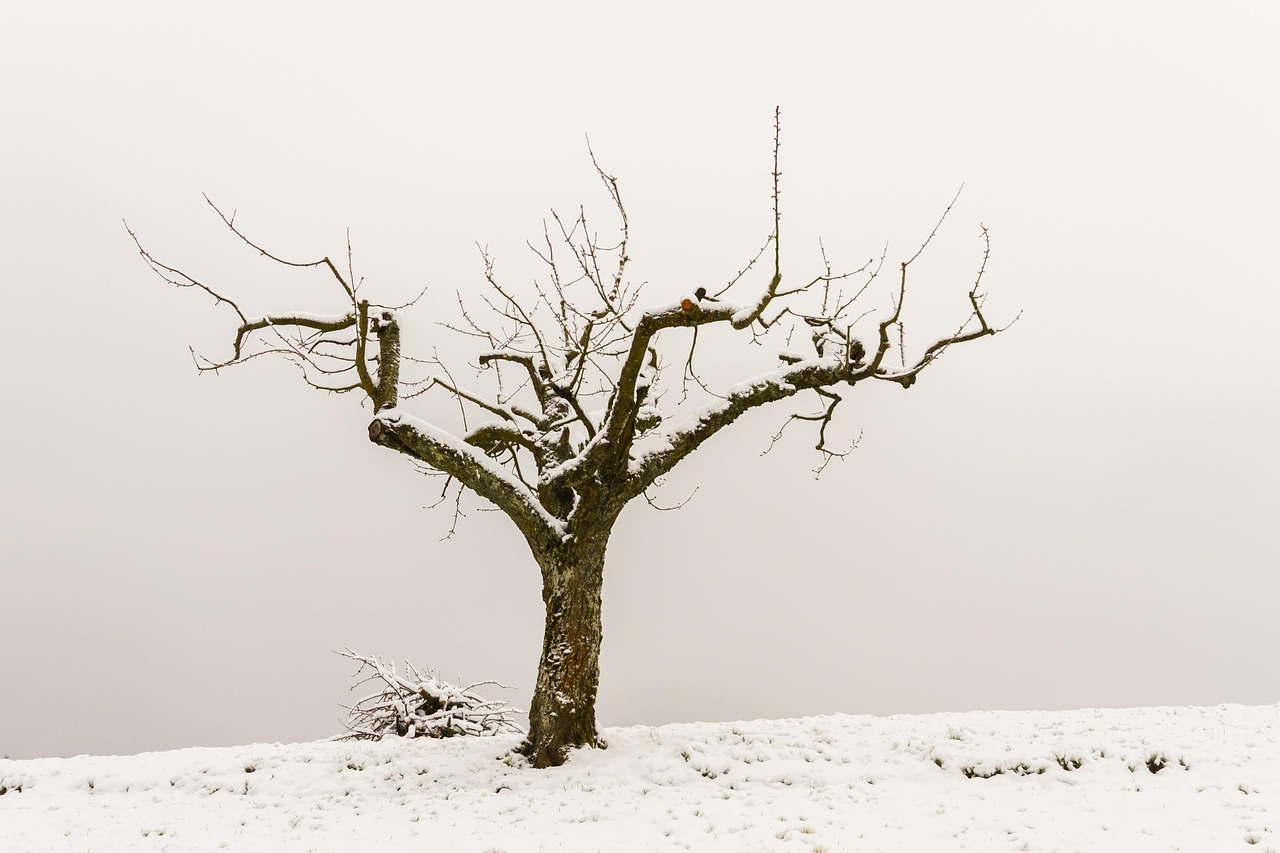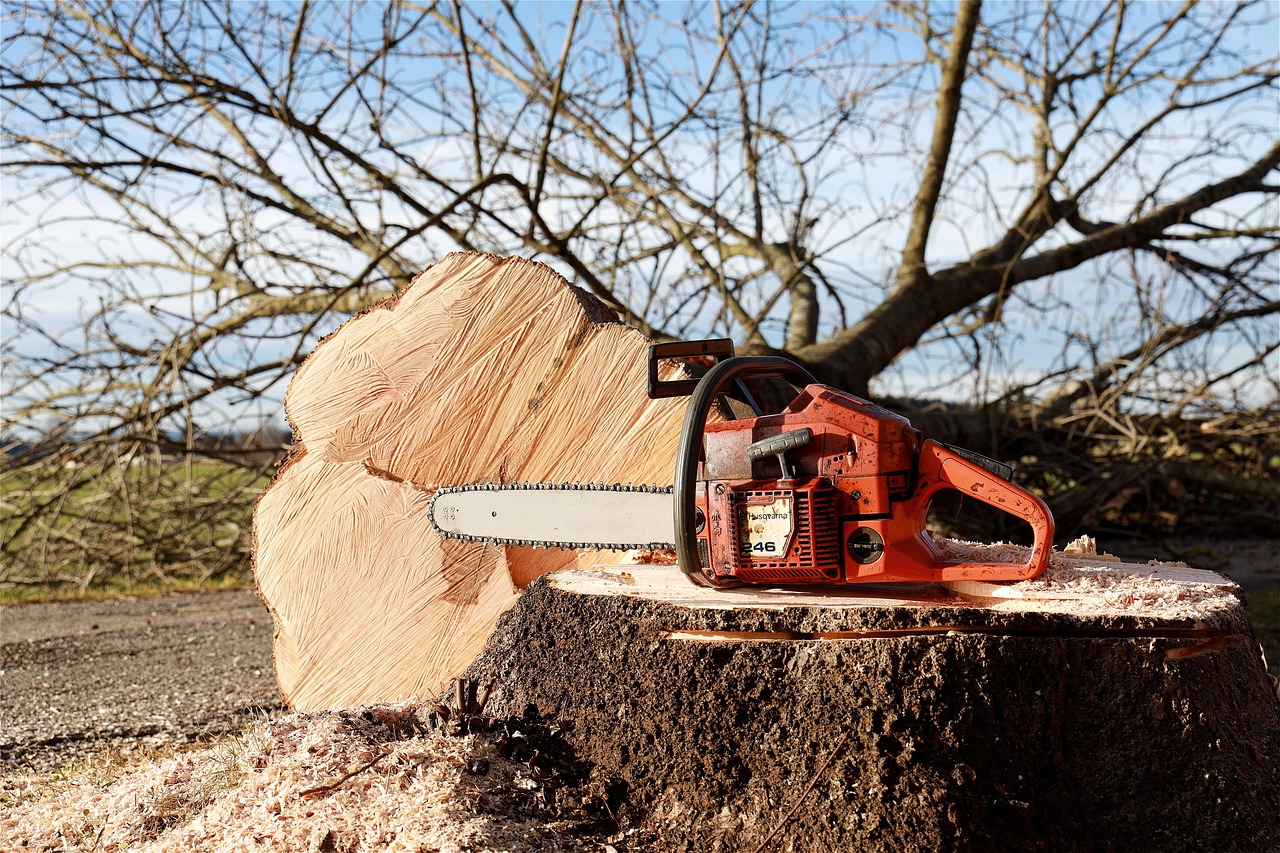Kumquat tree pruning is essential for maintaining healthy growth and maximizing fruit production. New and novice growers should focus on pruning during the dormant season. This helps shape the tree, remove dead or diseased branches, and encourage better light penetration and air circulation.
Understanding Kumquat Trees
Kumquat trees are small citrus trees known for their unique, edible fruit. Unlike other citrus fruits, kumquats are typically eaten whole, with the skin providing a sweet contrast to the tart flesh. Native to Asia, these trees thrive in warm climates and can be grown in containers or gardens. Pruning plays a critical role in their care, especially for those new to horticulture.

The ideal time to prune kumquat trees is during the late winter or early spring. This timing allows the tree to recover before the growing season begins. Proper pruning promotes a balanced structure and enhances fruit production. With the right techniques, even novice growers can successfully prune their kumquat trees.
Benefits of Pruning Kumquat Trees
Pruning kumquat trees offers several advantages that contribute to their overall health and productivity. Some of the key benefits include:
- Improved Air Circulation: Proper pruning opens up the canopy, allowing air to flow freely. This helps reduce the risk of fungal diseases.
- Enhanced Light Penetration: By thinning out dense branches, more sunlight reaches the inner parts of the tree, promoting even growth.
- Shape and Size Control: Regular pruning helps maintain the desired shape and size of the tree. This is particularly important for container-grown kumquats.
- Increased Fruit Production: Healthy, well-pruned trees tend to produce more fruit due to improved energy distribution.
Essential Tools for Pruning
Having the right tools is crucial for effective pruning. Here are some essential tools every kumquat grower should have:

| Tool | Description | Purpose |
|---|---|---|
| Hand Pruners | Small, sharp cutting tool | For snipping small branches and stems |
| Loppers | Larger cutting tool with long handles | For cutting thicker branches that are hard to reach |
| Saw | Manual or powered saw for larger branches | For removing large limbs |
| Gloves | Protective handwear | To protect hands from thorns and sharp tools |
| Bucket or Tarp | A container for collecting cuttings | Makes cleanup easier after pruning |
Pruning Techniques for Kumquat Trees
When it comes to pruning kumquat trees, understanding the proper techniques is essential. Here are some effective methods:
1. Thinning Cuts
This technique involves removing entire branches at their point of origin. It helps reduce overcrowding and allows more light into the canopy. Focus on removing branches that cross over each other or grow inward.
2. Heading Cuts
Heading cuts involve trimming back branches to a bud or lateral branch. This stimulates new growth and encourages bushier development. Use this technique on long branches that need to be shortened.

3. Cleaning Cuts
Remove any dead, damaged, or diseased wood as soon as you notice it. This not only improves the tree’s appearance but also prevents potential pests and diseases from spreading.
Timing Your Pruning Sessions
The timing of your pruning sessions is crucial for kumquat trees. The best time to prune is during their dormant phase in late winter or early spring. This allows the tree to heal quickly and promotes robust new growth as spring arrives.
Avoid pruning during the growing season, as this can stress the tree and reduce fruit yields. If necessary, light pruning can be done in late summer to maintain shape without causing significant disruption to growth.

Understanding when and how to prune your kumquat tree will help ensure a vibrant and fruitful plant. As you develop your skills as a grower, these foundational techniques will be invaluable in nurturing your kumquat tree’s health and productivity.
Common Pruning Mistakes to Avoid
As new and novice growers embark on their kumquat tree pruning journey, it is vital to be aware of common mistakes that can hinder the health and productivity of the tree. Avoiding these pitfalls will lead to better results and a more flourishing plant.
1. Over-Pruning
One of the most frequent errors is over-pruning. Removing too many branches can stress the tree and reduce its ability to produce fruit. A good rule of thumb is to remove no more than 20-30% of the tree’s canopy in a single season. This ensures the tree retains enough foliage for photosynthesis.
2. Neglecting Tool Maintenance
Using dull or dirty tools can lead to ragged cuts that may invite pests and diseases. Always ensure your pruning tools are sharp and clean before starting your work. Regular maintenance helps ensure precise cuts and minimizes damage to the tree.
3. Ignoring Tree Shape
When pruning, it is important to consider the natural shape of the kumquat tree. Avoid creating an unnatural appearance by cutting branches haphazardly. Aim for a balanced structure that allows for even growth and fruit distribution.
Signs Your Kumquat Tree Needs Pruning
Recognizing when your kumquat tree requires pruning is essential for keeping it healthy. Here are some signs to look for:
- Dense Canopy: If the branches are growing too close together, it may be time to thin out the tree.
- Dead or Damaged Branches: Any branches that appear dead, broken, or diseased should be removed promptly.
- Weak Growth: If you notice poor fruit production or stunted growth, pruning may help redirect energy to healthier branches.
- Crossed Branches: Branches that rub against each other can cause wounds. These should be pruned to prevent injury.
How to Prune Young Kumquat Trees
Pruning young kumquat trees is slightly different from pruning mature ones. The objective is to establish a strong framework while encouraging healthy growth. Here are some steps for young trees:
- Assess Structure: Examine the young tree to determine which branches will serve as the main structure. Focus on selecting 3-5 strong branches to form an open center.
- Remove Competing Leaders: If multiple branches compete to be the main leader, choose the strongest one and remove the others.
- Encourage Lateral Growth: Pinch back the tips of long vertical shoots to encourage lateral branching. This will help create a bushier appearance.
- Monitor Growth: Regularly check for any undesired growth patterns and make necessary adjustments throughout the growing season.
Pruning Mature Kumquat Trees
Mature kumquat trees require different techniques as they already have an established structure. The goal here is to maintain health and productivity:
1. Annual Maintenance
Mature trees benefit from annual pruning, focusing on removing dead, damaged, or crossing branches. This keeps the canopy open and encourages better air circulation.
2. Light Thinning
Occasional light thinning can help keep the tree from becoming overly dense. Remove small branches selectively while maintaining the overall shape.
3. Focus on Fruit-Bearing Wood
Pay attention to fruit-bearing wood while pruning. Avoid removing branches that show signs of fruit buds, as these are vital for next season’s harvest.
Post-Pruning Care
The care of your kumquat tree after pruning is just as important as the pruning itself. Proper post-pruning care can enhance recovery and promote growth:
- Watering: Ensure your kumquat tree receives adequate water after pruning, especially during dry spells. This will help reduce stress and encourage new growth.
- Fertilizing: Consider applying a balanced fertilizer about a month after pruning to support new growth. This provides essential nutrients that may have been depleted during pruning.
- Pest Monitoring: Keep an eye out for pests that may take advantage of the tree’s stress post-pruning. Implement preventive measures if any signs of infestation appear.
Caring for your kumquat tree after pruning is essential for ensuring a healthy recovery and promoting future growth. By understanding both the pruning process and follow-up care, growers can foster thriving kumquat trees that yield delicious fruit season after season.
Understanding Kumquat Tree Growth Habits
To prune kumquat trees effectively, it is essential to understand their growth habits. This knowledge helps growers make informed decisions about when and how to prune. Kumquat trees grow at a moderate pace and can reach heights of 8 to 10 feet if left unpruned. However, they can also be maintained as smaller shrubs through regular pruning.
Growth Patterns
Kumquat trees generally exhibit a bushy growth habit with dense foliage. They produce new growth primarily in spring and summer, which is when most of the fruiting occurs. Understanding these growth patterns allows growers to time their pruning sessions correctly.
Branch Structure
Branches of kumquat trees tend to grow upright, leading to a pyramidal shape. This shape can sometimes lead to overcrowding in the center of the tree. Regular pruning is necessary to maintain an open center and promote an even distribution of light among branches.
Seasonal Considerations for Pruning
Different seasons bring varying conditions that affect how and when to prune kumquat trees. It is crucial for growers to adapt their methods based on seasonal changes.
Spring
As kumquat trees begin to leaf out in spring, it is best to avoid significant pruning during this season. However, light maintenance can be performed if necessary. This includes removing any dead or damaged branches that may have been overlooked during winter pruning.
Summer
Summer is generally not recommended for heavy pruning since it can stress the tree. However, light trimming can help manage growth and shape the tree. Any unwanted shoots or suckers should be removed to encourage the development of fruit-bearing branches.
Fall
In fall, the focus should be on preparing the tree for winter. Minor pruning may be performed to shape the tree, but it is crucial to avoid heavy cutting at this time. The tree needs to retain as much foliage as possible for energy storage before entering dormancy.
Identifying Pests and Diseases
Healthy kumquat trees are better equipped to withstand pests and diseases, but even the best-maintained trees can face challenges. Being vigilant about potential threats is essential for new growers.
Common Pests
- Aphids: Small, soft-bodied insects that suck sap from leaves, causing curling and yellowing.
- Spider Mites: Tiny pests that thrive in dry conditions, leading to webbing on leaves and stippling marks.
- Scale Insects: These pests attach themselves to branches and leaves, resulting in yellowing and weakened growth.
- Citrus Leafminer: A larvae that burrows into leaves, creating winding trails and causing leaf distortion.
Common Diseases
- Citrus Canker: A bacterial disease that causes lesions on leaves, stems, and fruits.
- Root Rot: Caused by overwatering or poor drainage, leading to wilting and yellowing leaves.
- Powdery Mildew: A fungal disease characterized by white powdery spots on leaves and stems, often exacerbated by high humidity.
Pest and Disease Prevention Strategies
Preventing pests and diseases is vital for the health of kumquat trees. Here are some effective strategies:
- Regular Monitoring: Check your kumquat tree frequently for signs of pests or diseases. Early detection makes management easier.
- Maintain Proper Hygiene: Keep the area around the tree clean by removing fallen leaves and debris that can harbor pests.
- Avoid Overwatering: Ensure proper drainage to prevent root rot. Water only when necessary and allow the soil to dry slightly between watering sessions.
- Pest Control Measures: Use insecticidal soap or neem oil as organic pest control methods when infestations occur. Always follow label instructions for application.
The Role of Nutrition in Tree Health
Nutritional health significantly impacts the vigor of kumquat trees. Providing adequate nutrients will support growth, flowering, and fruit production:
Nutritional Requirements
Kumquat trees thrive on a balanced fertilizer that contains nitrogen, phosphorus, and potassium (N-P-K). Additionally, micronutrients such as magnesium, iron, and zinc are essential for optimal health.
Fertilization Schedule
A general fertilization schedule includes applying fertilizer three times a year: early spring, early summer, and late summer. Each application should follow the manufacturer’s recommendations regarding quantity and type.
Environmental Factors Affecting Growth
The environment plays a crucial role in the health of kumquat trees. Factors such as sunlight, temperature, and soil quality can significantly influence growth patterns:
- Sunlight: Kumquat trees require full sun for at least 6-8 hours daily for optimal growth and fruit production.
- Temperature: These trees prefer temperatures between 60°F and 85°F. Extreme cold or heat can stress the tree and affect its health.
- Soil Quality: Well-draining soil rich in organic matter is essential for kumquat trees. Avoid heavy clay soils that can retain too much moisture.
By understanding these environmental factors and employing appropriate care techniques, new growers can successfully cultivate healthy kumquat trees that yield abundant fruit year after year.
Additional Considerations for Kumquat Tree Care
As you continue to cultivate your kumquat trees, there are several additional considerations that can enhance their growth and fruit production. Understanding these factors will help you achieve the best results in your gardening efforts.
Pruning for Aesthetic Appeal
While pruning is primarily for health and productivity, it can also serve an aesthetic purpose. Shaping a kumquat tree into a pleasing form enhances its visual appeal in your garden or landscape. Some growers prefer a more formal shape, while others may opt for a natural look. Consider the following:
- Topiary Techniques: If you enjoy gardening as an art form, consider using topiary techniques to create unique shapes with your kumquat tree.
- Container Growth: If growing in containers, ensure the tree’s shape complements the pot size. Regular pruning will help maintain a compact form.
- Seasonal Decor: Consider using your kumquat tree as a seasonal decoration during holidays. A well-pruned tree can be adorned with lights or ornaments.
Companion Planting
Companion planting can improve the health and vitality of your kumquat trees. Certain plants can repel pests or attract beneficial insects. Consider planting the following near your kumquat trees:
- Basil: Known to repel aphids and other pests while enhancing the overall health of citrus trees.
- Nasturtium: Acts as a trap crop for aphids, drawing them away from your kumquat tree.
- Marigolds: These flowers deter nematodes and other harmful insects, promoting a healthier growing environment.
Harvesting Kumquats
Harvesting kumquats is a rewarding experience for growers. Knowing when and how to harvest ensures that you enjoy the best flavor and quality from your fruit.
When to Harvest
Kumquats typically ripen in late winter to early spring. The fruit should be fully colored—usually bright orange—before harvesting. Taste testing a few fruits can help determine if they are sweet and flavorful.
How to Harvest
When harvesting kumquats, gently twist the fruit off the branch rather than pulling. This prevents damage to both the fruit and the tree. Use clippers for any fruits that are hard to reach. Make sure to wear gloves if necessary, as some varieties may have thorns.
Long-Term Care and Maintenance
Caring for kumquat trees is an ongoing process that requires attention throughout the year. Here are some long-term care tips:
- Regular Inspections: Routinely check your trees for signs of pests or diseases, especially during active growing seasons.
- Seasonal Adjustments: Adjust watering and fertilization routines based on weather conditions and seasonal growth patterns.
- Mulching: Apply organic mulch around the base of the tree to retain moisture, suppress weeds, and improve soil quality over time.
- Winter Protection: In colder regions, protect your kumquat tree by wrapping it or moving container-grown trees indoors during harsh weather.
Final Thoughts
Caring for kumquat trees can be a rewarding venture for both new and novice growers. By understanding the importance of pruning, proper nutrition, environmental factors, and harvesting techniques, you can foster healthy trees that produce delicious fruit. Remember that patience and consistency are key components to successful gardening.
Your journey with kumquat trees will be filled with learning experiences. With each season, you will gain valuable insights into their growth habits and care requirements. By implementing the techniques outlined in this guide, you will be well on your way to enjoying abundant harvests of sweet and tangy kumquats for years to come.
Whether you are growing kumquats for personal consumption or looking to share them with family and friends, the joy of nurturing these unique trees makes it all worthwhile. Embrace the challenges and celebrate the successes in your gardening journey!
